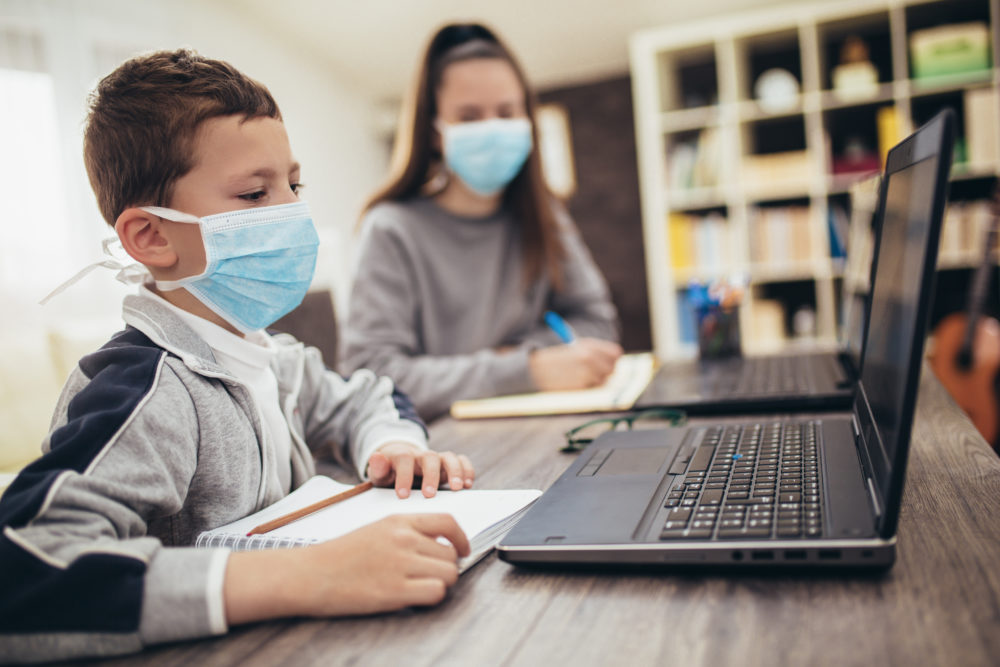I’ve stopped singing in my classic rock band and church choir, and sadly, it now appears my favorite hobbies will be the last things that will get back to normal post-coronavirus.
The reason is simple: singing, talking, and yelling in confined indoor spaces like nightclubs, churches and rehearsal rooms are some of the easiest ways you can catch the coronavirus.
Case in point: the CDC found that a symptomatic person infected 32 of the 61 attendees of a 2.5-hour choir practice that took place in Washington in March. Two of them died.
Bars and nightclubs are also risky. On a scale from 1 to 10, with 1 being lowest risk and 10 being highest risk, “going to a bar” was rated a 9 by Hartford HealthCare.
These findings are supported by new research on how COVID-19 is spread.
The CDC and several studies have found that aerosols and droplets with virus-containing respiratory secretions are much more likely to transmit COVID-19 than if the virus is just on a surface. This means that campuses need to take a close look at their indoor air quality and ventilation systems.
For some, just opening the windows might help. Of course, if your area experiences extreme heat, cold or humidity, or if you experience wildfires or other situations where the air outside is unhealthy, opening widows is not always an option. That’s where ventilation, filtration, disinfection and isolation solutions come into play.
For hospitals, your campuses are probably ahead of the game in that you have been required to meet minimum clean air standards for quite some time. But for K-12 and college campuses? Not so much.
Many are older, and schools often lack the resources to pay for brand new heating, ventilation and air conditioning (HVAC) systems. But according to Tyler Smith, who is Johnson Controls’ specialty products general manager, there still are many options available for these types of buildings.
“Focusing on things like portable air scrubbers or UV HEPA lighting troffers is so critical to a K-12 school because that’s irrespective of the age of the mechanical system,” he told me.
Related: These Updates to the School Security PASS Guidelines Present Opportunities for Integrators
“And we find that in most cases, by focusing on in-zone [solutions], we’re able to get them the clean air delivery rate they need to bring their COVID-19 risk mitigation down to an acceptable level.”
Smith also recommends an indoor air quality (IAQ) assessment for all types of buildings.
“Whether it’s a K-12 school system that has a 50-year-old mechanical system or a university science building that was built two years ago, an IAQ assessment is going to tell us where we need to focus our efforts,” he says.
“Just because the building is new and has a new mechanical system doesn’t mean it has been maintained well in the last couple of years; it doesn’t mean we have proper minimum American Society of Heating, Refrigerating and Air Conditioning Engineers ventilation rates; and it doesn’t mean some of these newer emerging disinfection, infiltration technologies have been applied.”
So, in addition to everything else you need to address in your organization’s attempt to mitigate the effects of COVID-19, add HVAC and air quality to the list. For additional tips, watch the above video of my interview with Smith.
And if you want to see me get my next singing fix, check out our upcoming Campus Safety Online Summit, December 1-2. I’ll be performing the National Anthem again.
This post premiered on our sister site, Campus Safety.






































